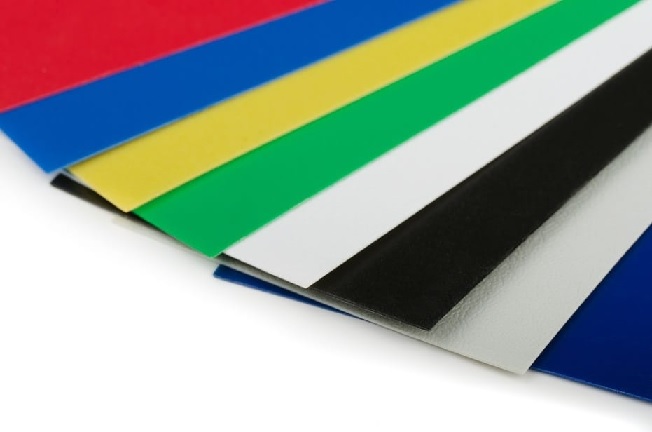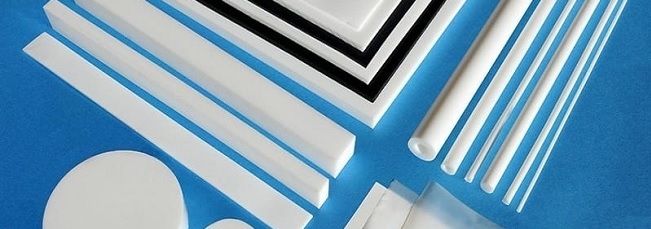Material ProcessesWhich laser processes do I plan to use on each material? Laser material processing uses laser energy to modify the shape or appearance of a material. This method of material modification provides a number of advantages, such as the ability to quickly change designs, produce products without the need for retooling, and improve the quality of finished products. For all laser processes that can be applied to a material, the energy of a laser beam interacts with the material to transform it in some way. Each transformation (or laser process such as laser cutting, laser ablation, laser surface modification, etc.) is optimized by precisely controlling the wavelength, power, duty cycle, and pulse spacing of the laser beam.
Understanding what you want to accomplish with your materials will not only determine the power level and wavelength you’ll need, it will also help determine the components you may need to achieve the best result with laser processing (i.e. type of lens), properly support the material (i.e., cutting table, pin table, rotary fixture), or minimize surface contamination of dust and debris or byproducts during laser processing (i.e. gas assist, air filtration).
It is difficult to know everything you want to do upfront and most often laser system users find new ways to use a laser system after they begin to use it regularly. When selecting a laser system, choose one that will give you the broadest system configuration flexibility to adapt to your material needs now and can grow with you in the future.


